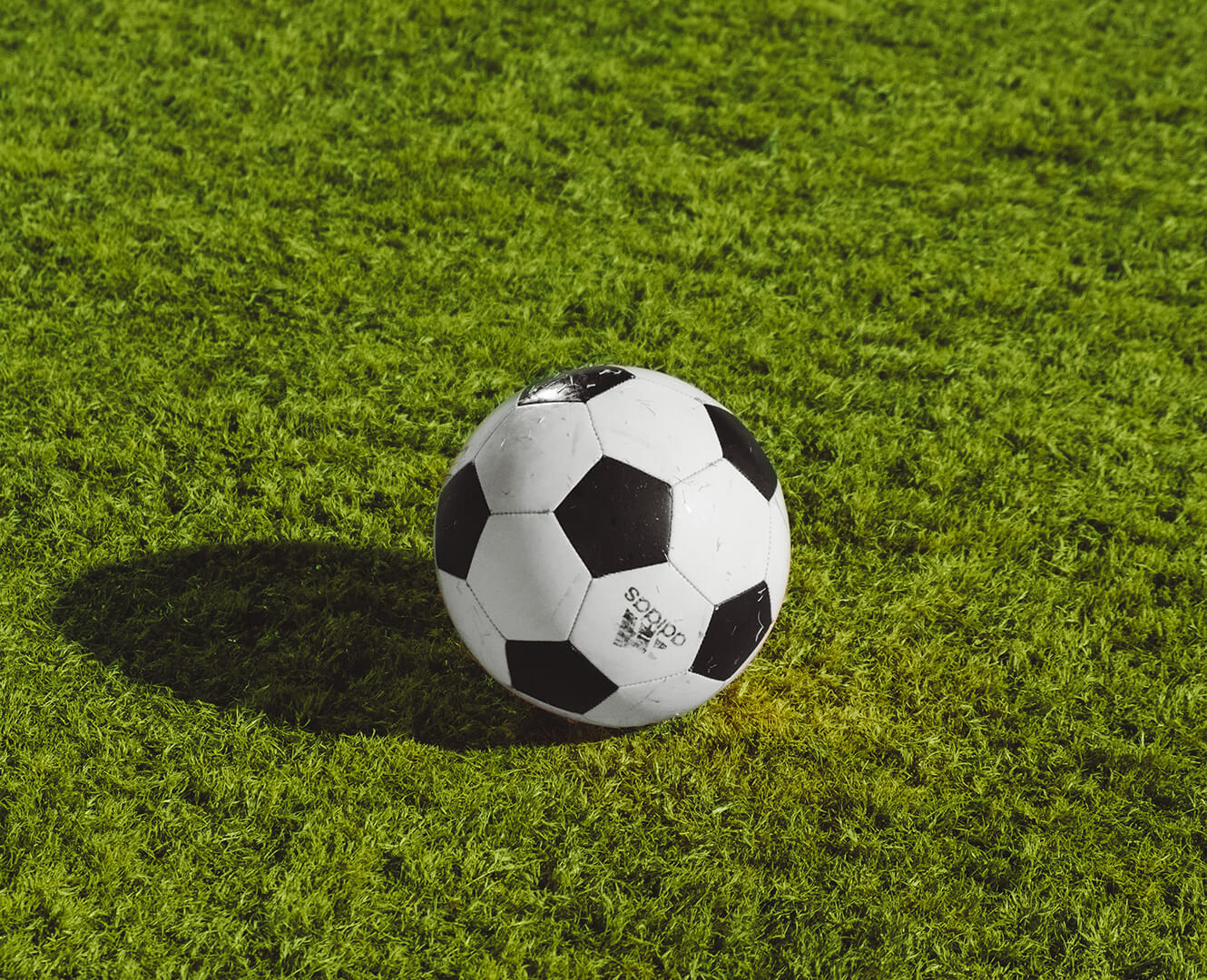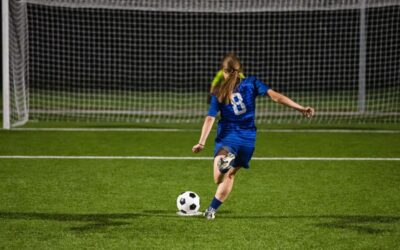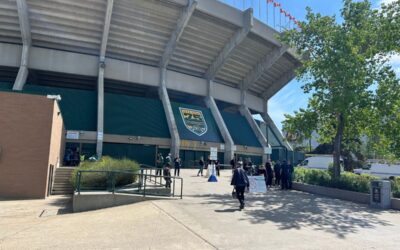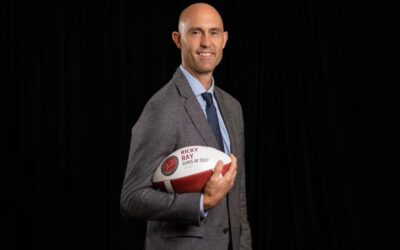This pandemic has altered people’s realities. It’s changed the way entertainment is consumed, and it’s strongly impacted the way athletes can play their sport. The lost opportunity to compete on a court or pitch has limited many athletes to training only in and around the house.
An entire year’s worth of recruits have yet to showcase their potential at the collegiate level.
The restrictions allowed for three and a half months of in-person training for University sports throughout Alberta if the school supported the decision to do so. Do three and a half months of strictly practice move rookies up the board to be considered returning players?
Until a player has experienced the rush of a collegiate game, either from the bench or on the court, they’re still a rookie. It’d be naïve to consider a player with little to no experience in the field of collegiate sport as a second-year athlete. The impact of a first-year allows players to grow and spectate how the game works without new players riding their coattail, but now approaching a new season, those rookies will have their spots filled by newcomers.
A gap year is usually considered to be the time taken after graduating high school to either save up for University, travel, figure out what the next step is, but this time around, a ‘gap year’ is one without athletics. One sounds a little more fulfilling than the other.
For many, it has been hard to scratch the itch of sport. Watching college basketball being played all over the United States is like salt in the wound. On the one hand, it gives a connection to competition, but on the other, it’s torturing to watch athletes do what others can only wish. Missing that overall chance to stand out as a rookie against seasoned players and show that their steel can withstand the heat of high-level gameplay can limit them in their growth as a player.
Those rookies, more often than not, come hot out of high school. Their senior year allows them to have one last chance to show recruiters their worth. Those students are limited to broadcasting their abilities in a well-written email to coaches explaining their success’ on the court. For others, the chance may never arise to compete in high school sports, which will stunt their development and potential as future competitors.
The collegiate coaching staffs are now mostly reliant on game footage that may or may not be available to them to pull new recruits. I mean, how many high school players are putting together their mixtape in grade 11? High school athletes who have dreamt of playing at the collegiate level have a difficult path ahead to introduce their talents to the next level of the game.
The effect of having no senior year puts a damper on the incoming recruits just as much as having no rookie year. Although, they may have different repercussions.
There’s the possibility of losing talented players finishing their grade 12 year due to limited scouting metrics, whereas recruits entering their first year of collegiate sport miss the chance to exhibit a strong foundation of their abilities as an incoming athlete. Both of which change the course of how a season will play out in collegiate sports.
Although this season did not use up any eligibility, trying to gain back the year lost would mean encouraging players to stay an extra year after graduating from their program.
Collegiate sports rely on players wishing to continue their journey at a higher playing field. Without the opportunity of finding and training those athletes, it will be a slow hike up the hill for the return of well-oiled teams.
The future of collegiate sport is unknown, but having limited resources to find future MVPs may hinder the growth of collegiate sport across the country in the years to come.





